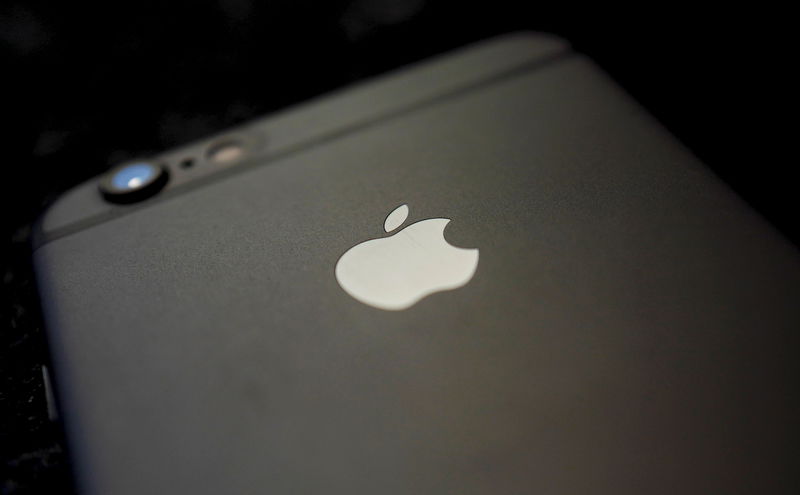Stock market today: Nasdaq closes above 23,000 for first time as tech rebounds
Investing.com -- Shifting iPhone production to the U.S. could result in significantly higher costs for Apple (NASDAQ:AAPL), Bank of America analysts said in a Wednesday note.
While assembling iPhones domestically is technically possible, it presents major logistical challenges due to the global nature of the existing supply chain.
According to the note, moving just the final assembly of an iPhone 16 Pro Max to the U.S. could result in a 25% cost increase due to higher labor expenses.
Moreover, if Apple were to face reciprocal tariffs for importing sub-assemblies, the total cost could surge by more than 90%, according to BofA analyst Wamsi Mohan.
“If Apple does move final assembly to the U.S., it would need tariff waivers on components/sub-assemblies manufactured globally to make the manufacturing shifts viable,” Mohan said.
The analyst points out several strategies Apple could undertake to mitigate the risks associated with higher production costs.
These include diversifying iPhone production to countries like India, adjusting product and service pricing, negotiating better terms with suppliers, launching new products at higher price points, and potentially altering the frequency of product releases.
“Apple could move to a two-year release schedule for iPhones which may put less pressure on the supply chain to adapt to version changes,” Mohan suggested.
Despite the current discussion about moving manufacturing operations to the U.S., BofA does not anticipate any immediate changes to Apple's production strategy.
The bank expects the tech giant to continue planning for the long term and to expand its supply chain diversification, including increasing iPhone production in India.
Over the long term, automation and the use of robots in manufacturing could help reduce labor costs.
